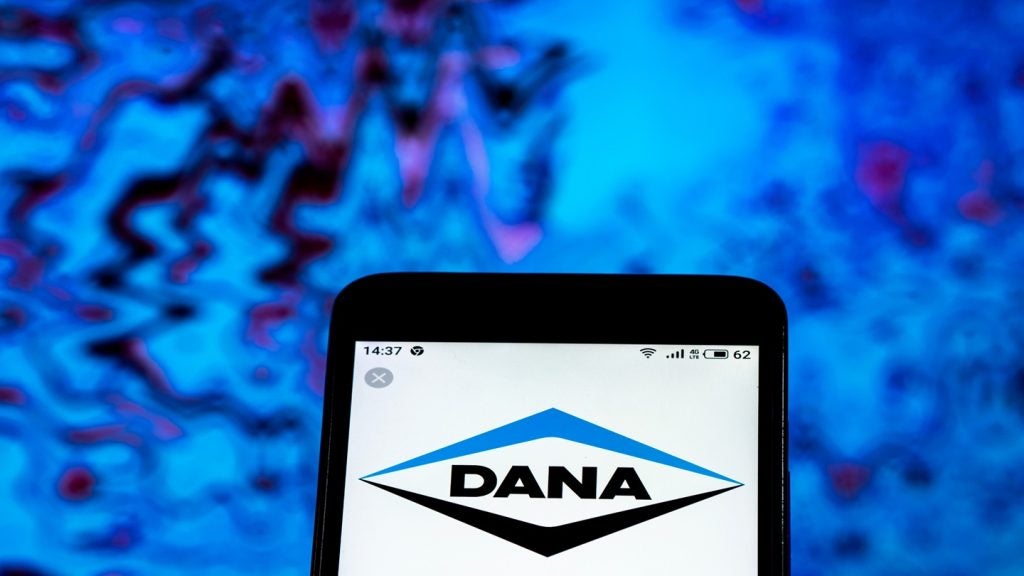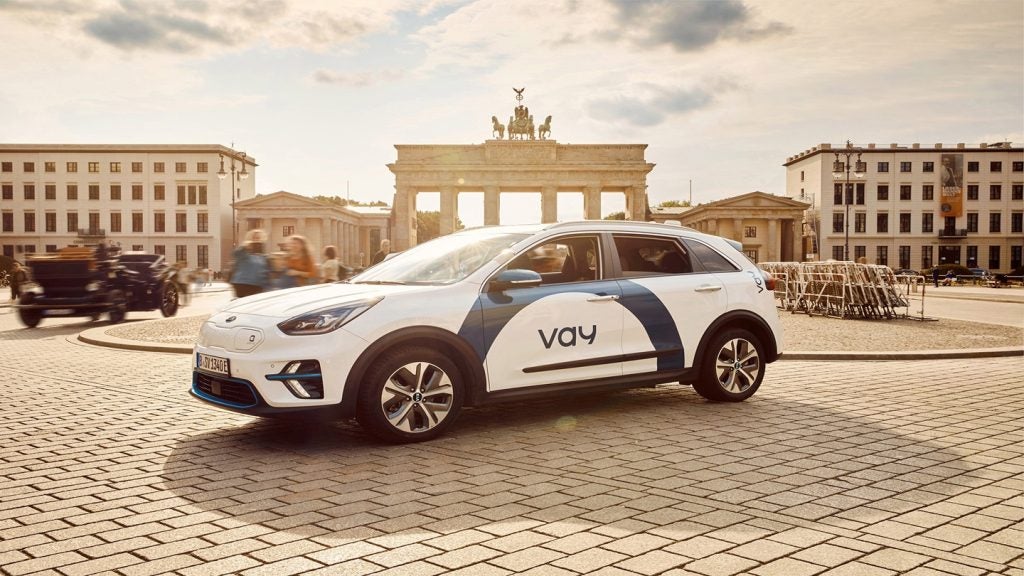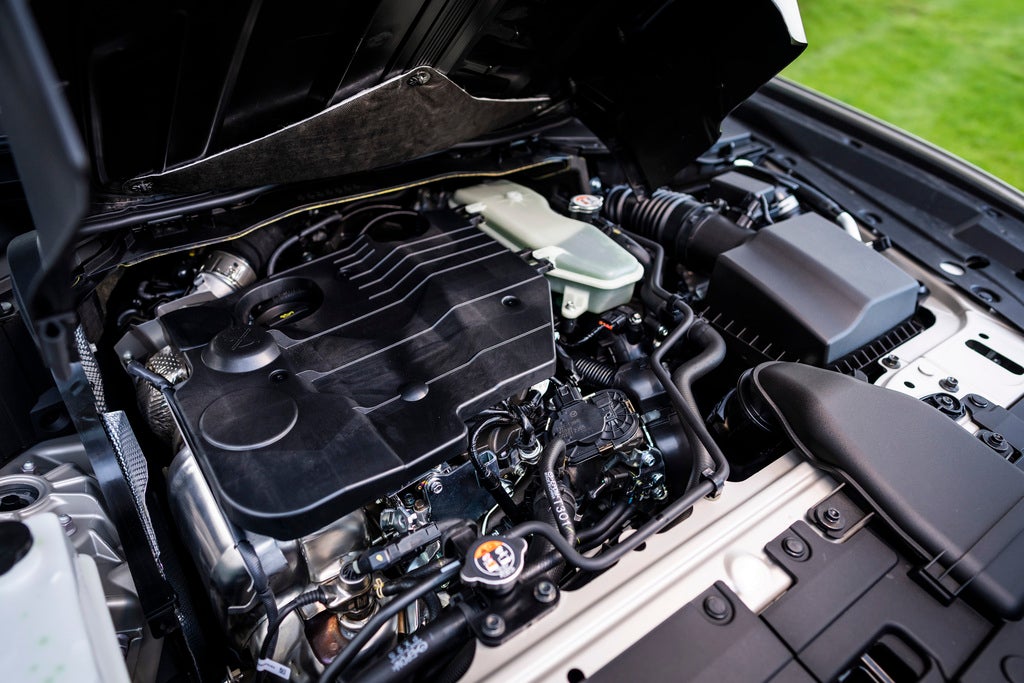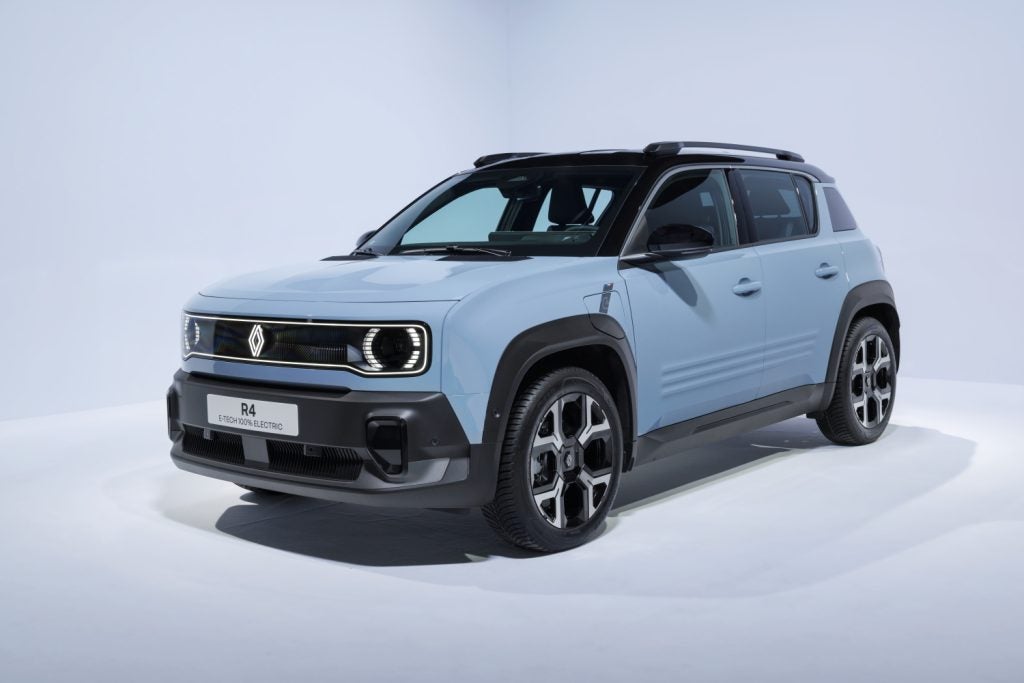 Society has gone “retro” due to the explosion of technology and a willingness to search for an easier, less stressful existence. It is a trend that is gaining momentum within the automotive industry, as Baby Boomers seek to relive the past and Gen X-ers grab a slice of nostalgia. “Retrospective Re-engineering” is a product development strategy that aims to meet this social “retro” trend.
Society has gone “retro” due to the explosion of technology and a willingness to search for an easier, less stressful existence. It is a trend that is gaining momentum within the automotive industry, as Baby Boomers seek to relive the past and Gen X-ers grab a slice of nostalgia. “Retrospective Re-engineering” is a product development strategy that aims to meet this social “retro” trend.
In addition, brand management is more important due to an explosion in market niches and alignment of product quality. Carmakers are faced with worldwide over-capacity, and so must fight competitors for market share. Design has become the key differentiator, adding value and becoming the distinguishing factor in attracting the customer and setting brands apart. Retro design is part of this movement, associating the product with a cultural need to look to the past. “Retrospective Re-engineering” is a product development strategy that aims to meet this social “retro” trend. It serves as a tool for car manufacturers to maintain continuity in brand values, offering a commercial stimulus for creating new product concepts and improving brand equity.
Retro Culture
Nostalgia is now, it’s the present, and is known by a more contemporary term – ‘retro’. Retro culture is in and everywhere around us – from the catwalk to the cinema, from TV and radio to the high street. It’s impossible to walk into a shop without being confronted by a host of consumer goods which shout the 1950’s, 60’s or 70’s back at you – kettles, toasters, you name it, they’ve all received the retro treatment as companies have discovered that nostalgia is an exploitable asset. This retro movement has grown due to the fact that old designs are cheap, easy to obtain and are quick to achieve recognition and acceptance by the customer when compared to modern day equivalents with the same quality. A cyclic spiral is created as the consumer continually opts for a piece of nostalgia because manufacturers are happy to keep costs low.
At the root of nostalgia marketing are the ‘Baby Boomers’. This well defined social demographic group are in their 50s and trying to resist the ageing process. Companies are counting on the appeal of their nostalgia-based products to give boomers the chance to act and feel young. However the development of a retro culture is as much about wanting a return to the 1950’s and 1960’s – days of post-war prosperity and idealism. Today the complexity of modern society means these aspirations have been replaced by anxiety about ageing and stress. This anxiety is confounded by advances in technology, society becoming enveloped in the past as the cultural values of a particular era are captured and recorded. As a result society is creating a new culture, using technology to link the divide between the past and present. This approach of wrapping up modern conveniences in an old-style package also appeals to the younger, Generation-X consumers who adopt the products and fashions as their own. Retro has the advantage to cut through social demographics appealing not only to Generation X and Baby Boomers. People want to “buy-in” as it allows them to live the dream without paying the price. But to be successful and sell to all demographic groups it is necessary to marry the past and the present in harmony. Nostalgia is not simply about recreation it is also about reinterpretation – reproducing the past has little point without function and innovation.
How well do you really know your competitors?
Access the most comprehensive Company Profiles on the market, powered by GlobalData. Save hours of research. Gain competitive edge.

Thank you!
Your download email will arrive shortly
Not ready to buy yet? Download a free sample
We are confident about the unique quality of our Company Profiles. However, we want you to make the most beneficial decision for your business, so we offer a free sample that you can download by submitting the below form
By GlobalData
The Automotive Retro Revolution
“Manufacturers … have realised that niche vehicles are the best way to increase sales whilst spreading costs through common platforms”
The automotive retro revolution has its roots in the early 1990s with the introduction of the Dodge Viper and Plymouth Prowler. Although conceived as low volume niche vehicles, modern manufacturing technologies allowed them to be profitable and provide additional sales. More importantly these vehicles had an emotional impact on the brand, creating excitement and a “halo effect” for the rest of the product range. However it wasn’t until the recreation of the Volkswagen Beetle that the retro revolution really got started. There was a huge positive public reception to the Beetle showing manufacturers around the world that the retro concept could sell in big volumes if the product was emotional and fun. As a result other manufacturers have followed suit, notably DaimlerChrysler, VW and Ford. Whilst Mercedes has maintained discrete historic styling clues in its vehicles, notably with the SL, Chrysler has gone all out retro. Ford has been following the same philosophy with its “Living Legends” program, which includes the 49’ Ford, GT40 and recently released Thunderbird. According to Ford, “Living Legends” is not about retro, it’s about heritage.
It is exactly this heritage that car manufacturers can use to create new product concepts and improve brand equity. Manufacturers are faced with worldwide over-capacity, fighting competitors for a dwindling number of customers and have realised that niche vehicles are the best way to increase sales whilst spreading costs through common platforms. As a result design has been able to set brands apart from competitors and differentiate products that share the same architecture. And retro design links the product to a cultural need to look to the past. ‘Retrospective Re-engineering’ enables car manufacturers to meet this social ‘retro’ trend by maintaining continuity in brand values, focusing on the intrinsic value captured by historic vehicles. These vehicles represent the brand culture and DNA, a heritage that has been nurtured over time, and an explicit value that should be exploited by the car manufacturers. Retrospective Re-engineering not only offers a free base for brand evolution, it is also a methodology to create new vehicle concepts.
The first step in the retrospective re-engineering process is the review phase, which takes place at an early stage of the development process. The aim is to consider historic vehicles or previous concept iterations for a specific brand. This information is then used to define the vehicle in detail during the concept and design phase, providing a strategic direction during the development process. The product, commercial and design departments should decide which of the following three paths the physical design should take, assessing which approach is best suited for each individual brand. The first possible approach is retrospective reconsideration, focusing on specific features from previous vehicles that are incorporated into the concept, or instead considers a historic concept. For example the Chrysler PT Cruiser does not represent a redesign of a past model but instead takes influences from 1950’s American Hot-rods and Cruisers to define a new styling approach. Retrospective redesign aims to revitalise the strengths of a historic vehicle, which represents a fundamental genetic blueprint of a brand. The redesign takes the original concept and philosophy, assimilating its strength, creativity and success in a modern approach to generate a modern, conceptual design. Retrospective evolution focuses on those vehicles that are in continuous evolution. For example the Porsche 911 transcends history and epitomises core brand values, acting as the benchmark for other vehicles. The realisation phase is a critical step within the retrospective re-engineering process, maintaining the theme of looking to the future by building on the past. The phase requires a new approach and innovation in terms of marketing, selling and projecting the product to the customer. The marketing strategy adopted by BMW for the launch of the Mini is an excellent example of retrospective realisation.
Not all three steps are applicable to all automotive brands and manufacturers. A retrospective reconsideration strategy is suitable for prestige brands, for example Mercedes, as it enforces and enriches the strong values already inherent to the brand. Retrospective redesign instead offers full liners the scope to improve their image and realign core values. Finally the evolution approach focuses on the continual development of those vehicles which transcend history and epitomise core brand values – an approach that suits niche manufacturers such as Morgan. The advantage of these three approaches is the creation of a focus on the intrinsic value, or DNA, of the brand. The evolution of this DNA is based on a definition of where the brand was born and what from, balancing this with what the brand has become and how. Fundamentally the brand must essentially look to the past to realign its future. The other advantages of a retrospective re-engineering approach can be summarised as:
- wealth creation through a premium product
- differentiation of vehicles with common mechanical architecture
- abolition of traditional buyer demographics and stereotypes
- creation of new market niches through analysis and reinterpretation of original vehicle concepts
- creation of brand ‘halo’ effect
- generation of showroom traffic
- Increased second hand values of historic vehicles
However for a retrospective re-engineering strategy to be successful it is necessary to sustain long-term design appeal with product functionality. In addition the vehicle life must be sustained through the introduction of innovative content, the best approach being the spin-off of variant vehicles. VW have been unable to achieve this with the Beetle, sales falling significantly once the market had adsorbed its potential market. Firstly the Beetle adds little function to its form – it’s nothing more than an expensive, less versatile Golf. Secondly VW weren’t quick enough to expand the Beetle’s product offering in order to sustain the sales momentum and life of the vehicle. Chrysler has realised this and is currently considering a range of variants for its PT Cruiser. And it is well documented that BMW is looking to expand the Mini brand through the development of a range of Mini variants. This proliferation of product offering helps to reinforce the image of the product and could lead to the possibility of creating an individual brand.

Jonathan Carrier is a graduate with the Fiat Group on its international
management training program – Fiat Gra.de. Most recently Jonathan worked in the Product Department at Fiat Auto in Turin, Italy under Antony Sheriff on the development of current and future Alfa Romeo vehicles. He currently works for CNH, part of the Fiat Group, in the USA.
He can be contacted at jonathan.carrier@cnh.com







